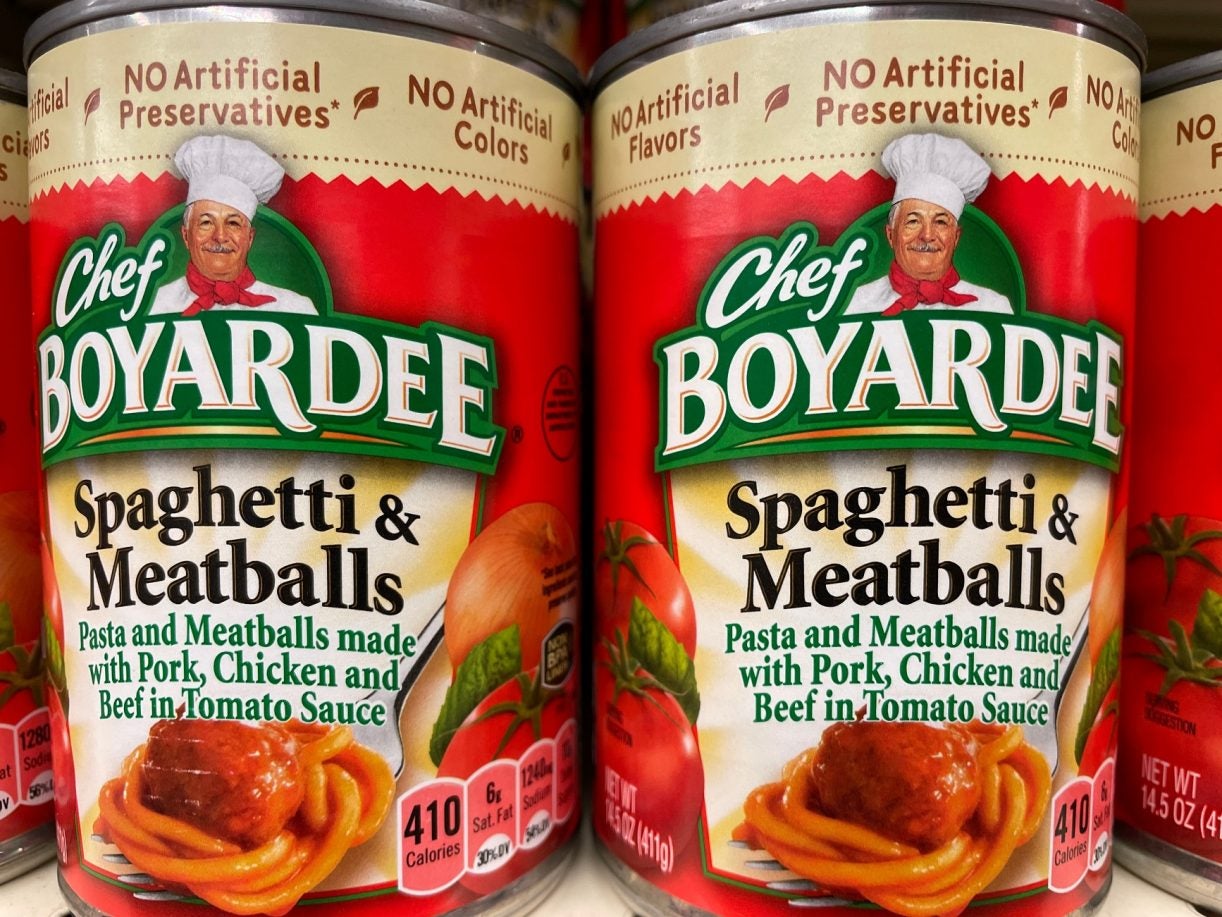
Conagra Brands has entered a “margin-recovery phase” as the US food group’s sequential pricing catches up with input-cost inflation.
The snacks, frozen foods and cupboard staples supplier’s adjusted gross margin surged 310 basis points in its fiscal 2023 second quarter to 28.2% after reaching what president and CEO Sean Connolly described as a “significant inflection point” in the prior three months.
In the wake of margin “compression” as cost-of-goods sold (COGS) inflation took hold, the Conagra CEO said margins are now “more in line with pre-pandemic levels”. And as pricing improves sales, the Healthy Choice brand owner also raised the outlook for growth and adjusted EPS.
Connolly explained on a call with analysts yesterday (5 January): “Continued inflation extended this period of margin compression as new inflation-justified pricing actions led to additional lag effects. That is the dynamic we have experienced over the last several quarters as we continue to play catch-up by increasing price incrementally to account for the extraordinary extended rise in inflation.
“Into the first quarter, we reached a significant inflection point in the relationship between net sales and COGS, marking the end of the temporary margin-compression phase and the beginning of the margin-recovery phase.”
The Hunt’s canned tomatoes and Gardein plant-based foods maker had seen the annual gross margin drop as low as 24.8% in its 2022 fiscal year from 28.6% in the previous 12 months.
Pricing versus inflation
Amid the margin recovery to 28.2% in the recent quarter to 27 November, CFO Dave Marberger outlined how Conagra had faced cost inflation of 16-17% each quarter through the 2022 financial period but pricing had lagged even into the final three months. First-quarter pricing was 1.6%, for example, he said.
Fast forward to fiscal 2023, pricing was 14% in the first quarter against COGS inflation of 15%. “We’ve actually seen the flip” in the current reporting period, Marberger said, as pricing of 17% overran inflation of 11%.
The CFO added: “We don’t see the margins that we’re looking at right now as a peak. We would expect the gross margin change in the second half to be pretty consistent with what we saw in Q2.”
As second-quarter organic net sales improved 8.6% to US$3.3bn, Conagra raised its full-year growth forecast for that metric to 7-8% from the 4-5% outlined in October. The adjusted operating margin – up 237 basis points at 17% in the quarter – is seen at 15.3-15.6%, versus 15% previously. Adjusted EPS is expected to rise 10-14% to $2.60-2.70, compared to 1-5%.
Connolly explained the dynamics with retailer negotiations as, on another positive note, Conagra revised down its input-inflation expectations for the year.
“The mechanics of this situation is, inflation hits, you announce price, the customer’s 90-day clock starts ticking, then the customer’s 90-day clock expires. Elasticities exist but they’re in fact benign relative to history and consistent overall, and margins recover. And sometimes, if it’s multiple waves of inflation, you rinse and repeat that whole process. And everything we are seeing, sales-wise and margin-wise, is consistent overall with these textbook mechanics and therefore entirely good news and not some negative surprise.”
Conagra’s gross inflation for fiscal 2023 is now envisaged around 10%, with third-quarter pricing already negotiated to add to price increases in the previous two quarters. However, pricing will be “smaller and more targeted”, Connolly said.
Presenting quarter-one numbers in October, Merberger pointed to “low-teens” inflation weighted to the first six months, a timing outlook that still remains.
Conagra facing “sustained inflation”
Analysts, however, are eagerly looking for insight from food manufacturers like Conagra on whether inflation pressures will ease this calendar year.
“We’re calling 10% on the year, it’s not deflation,” Connolly said. “It’s sustained inflation and that’s just an important reminder that we’re not looking at a deflationary period. That’s got to factor into the retailer conversations.”
He added that “margin recovery is as important to them [the retailers] as it is to us because we need to recover our margins in order to sustain the innovation and category growth for these retailers in important aisles like frozen”.
Connolly explained how Conagra’s divestiture of “commoditised” businesses such as cooking oil, peanut butter and liquid eggs, had made the company “more resilient” to the trade-down-effect into private label. And the continuing eating-at-home trend, sparked by the pandemic, also remains supportive.
“One of the reasons why you see muted elasticities across this sector, on average, is because there was a trade down into at-home eating during Covid. And that has not fully reverted to away-from-home because the prices have gone up so high that it’s better value to continue to eat in-home as people are trying to stretch their household balance sheet.”
